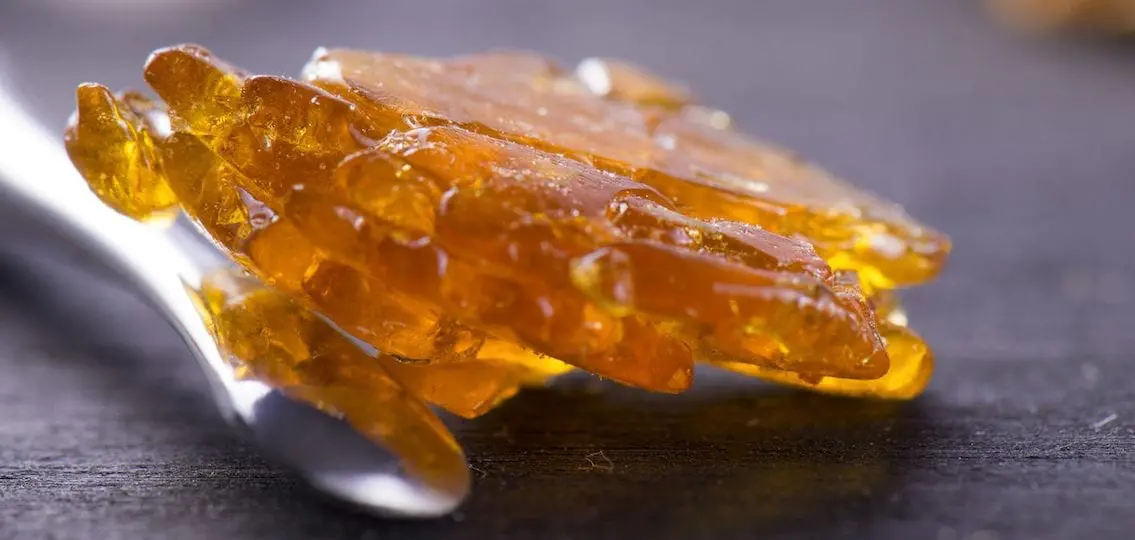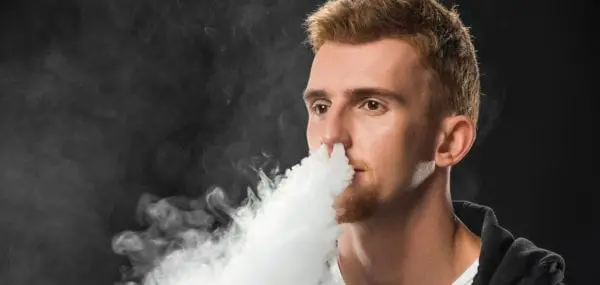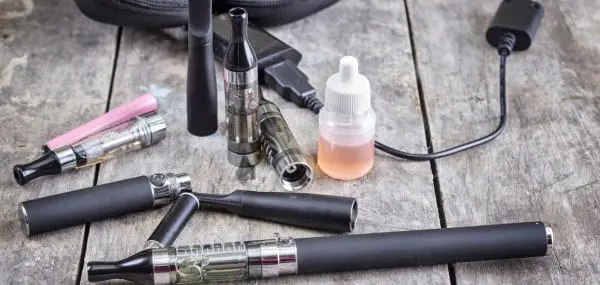Many teenagers try marijuana, and some use it regularly. According to the American Academy of Pediatric & Adolescent Psychiatry, teenage marijuana use in 2019 is at its highest level in 30 years.
Today’s teens are much more likely to use marijuana than tobacco. In addition, many states now allow recreational use of marijuana in adults ages 21 and over.
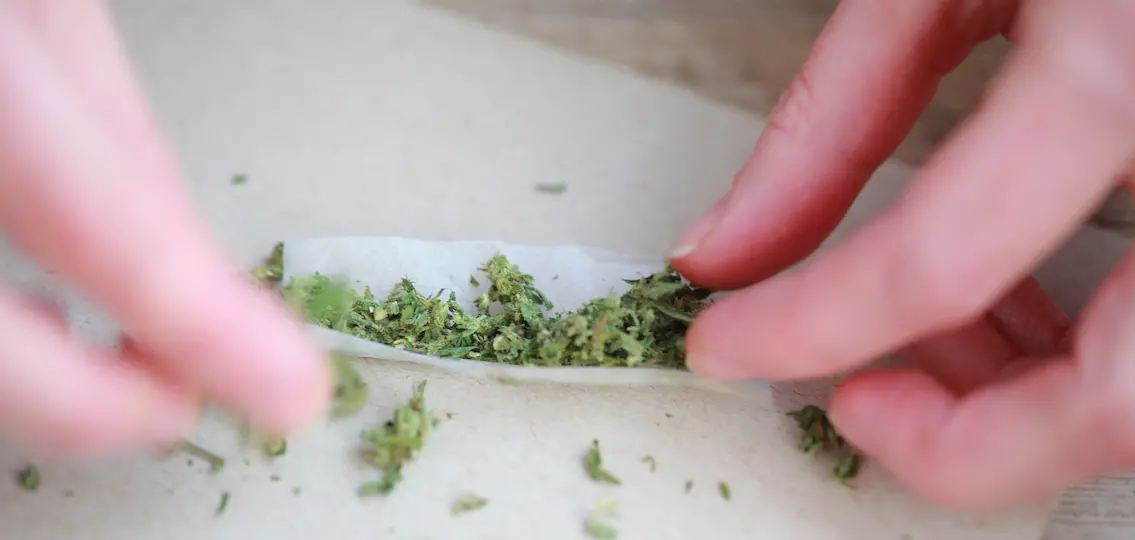
While recreational marijuana use by children and teenagers is not legal anywhere in the United States, many teens admit they have tried marijuana. And unfortunately, that include new extremely potent forms.
According to a new study conducted by Arizona State University and published in Pediatrics, nearly one in four Arizona teens have used a highly potent form of marijuana known as marijuana concentrate.
The 2018 Arizona Youth Survey, a biennial survey of 50,000 Arizona students in eighth, 10th, and 12th grade, found that one-third (33%) had tried some form of marijuana. Nearly a quarter (24%) admitted that they had tried marijuana concentrate at least once.
What is Marijuana Concentrate?
Marijuana concentrates have extremely high levels of THC, the component of marijuana that causes the “high”. Sometimes known as “butane hash oil,” “dab,” “wax,” “crumble,” or “shatter,” these concentrates typically contain three times more THC than dried marijuana flowers. Marijuana concentrates don’t look like the traditional dried marijuana flowers. Concentrates can look like wax, oil, or a brittle substance that shatters easily. Teens sometimes use e-cigarettes to vape marijuana concentrates.
Increased Risks Linked to Higher Doses of THC
According to the study’s lead researcher, Madeline Meier, an ASU assistant professor of psychology, this practice is alarming because research has linked higher doses of THC to increased risk of marijuana addiction, cognitive impairment, and psychosis.
The new study also found that teens who used concentrates had more risk factors for addiction. The researchers compared known risk factors for addiction in (1) teens who had used marijuana concentrates with (2) teens who had used some form of marijuana but not marijuana concentrates and (3) teens who had never used any form of marijuana.
Some of these risk factors include lower perceived risk of harm of marijuana, peer substance use, parental substance use, academic failure, and greater perceived availability of drugs in the community.
They found that teens who had used marijuana concentrates were worse off on every addiction risk factor.
“This is important because it shows that teens who have a diverse array of risk factors for developing marijuana addiction may be further amplifying their risk for addiction by using high-THC marijuana concentrates,” explained study co-author, Dustin Pardini, an associate professor in ASU’s School of Criminology & Criminal Justice.
What’s more, the study authors say that teenagers who are inexperienced users of marijuana concentrates or who don’t use them often—which likely comprises the majority of teen users—may be more likely to experience harmful side effects, such as loss of consciousness or burn injuries.
The new study also found that teens who used marijuana concentrates had much higher rates of electronic cigarette use. Teens who used marijuana concentrates were three times more likely to report using e-cigarettes, compared to those who used other forms of marijuana.
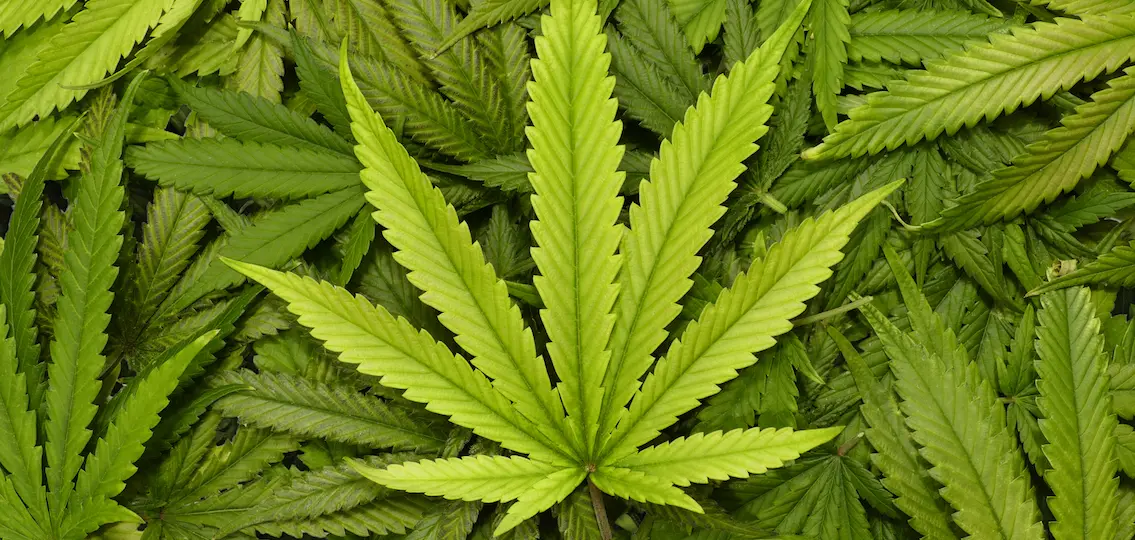
For parents who are concerned about their teen using marijuana concentrates, the best prevention is to keep talking about marijuana with your teenager and listening. Be directly involved in your teen’s life. Make it clear that you do not want them using marijuana.
